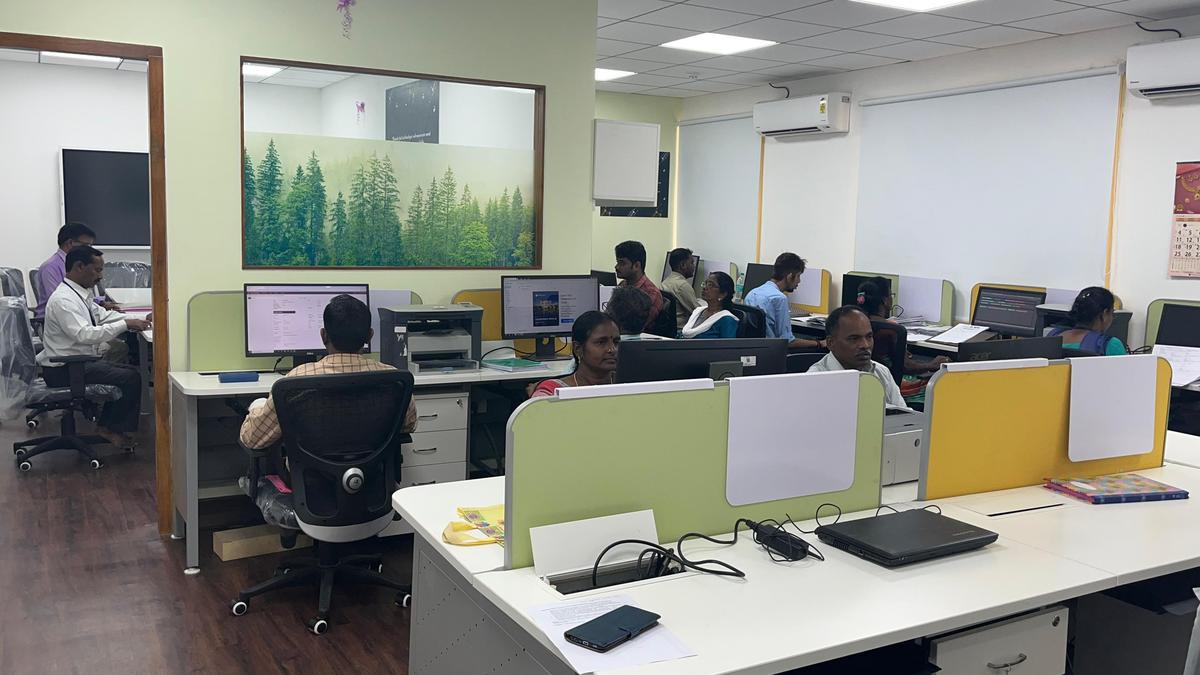The human cost of policy delays for India’s rare disease community


The Supreme Court needs to recognise the mounting fatalities as a humanitarian emergency and order immediate compliance with the Delhi High Court’s directives. Image used for representational purposes only
| Photo Credit: nambitomo
Every passing week, children with rare genetic disorders in India, are dying. These are not deaths caused by a lack of medical knowledge or unavailability of proven therapies. They are deaths caused by delay, by inaction, by administrative limbo, and by the lack of proper implementation of the National Policy for Rare Diseases (NPRD) 2021.

As the Delhi High Court’s 2024 order to operationalise the NPRD and establish a National Fund for Rare Diseases (NFRD) with an allocation of ₹974 crores was not implemented, over 50 patients have died in the past two years. These were preventable deaths. Their treatments were halted when the initial I ₹50 lakh ceiling was exhausted, despite the Court’s clear intent to eliminate such limits and ensure continuity of care. Each month of delay brings more irreversible damage, with many more families bankrupted.
India was, in fact, one of the first countries to frame a dedicated National Policy for Rare Diseases (NPRD) in 2021, recognising that advances in medical science have made many rare genetic disorders treatable. The policy promised State-funded support, Centres of Excellence, and mechanisms for financial assistance. This was an affirmation that the right to health under Article 21 of the Constitution extends to all citizens, even those with rare conditions.
The Delhi High Court, in a landmark move, sought to make this vision real. It ordered the creation of a standard protocol for rare diseases, ensuring uninterrupted treatment, encouraging local drug manufacturing, and setting up time-bound delivery mechanisms. For patients and caregivers, this was a long-awaited moment of hope.
But that hope has now turned to despair. More than a year since that order, the National Fund for Rare Diseases remains unimplemented, caught in procedural delays due to ongoing Special Leave Petition (SLP) proceedings before the Supreme Court. Meanwhile, the patients, many of them children, cannot afford to wait for judicial timelines. Interruptions in therapy of even a few months cause irreversible harm.

The infrastructure to act already exists. The National Rare Disease Committee (NRDC) has reviewed therapies and designed an implementation roadmap. Centres of Excellence including AIIMS Delhi, Indira Gandhi Institute of Child Health in Bengaluru, and Institute of Child Health, Chennai are ready to deliver treatments. Yet, the absence of funds and bureaucratic uncertainty have paralysed the system.
Justice and constitutional duty must not be held hostage to administrative hesitation. The High Court’s vision was clear: to transform rare disease management into systemic care. But today, India stands in a policy vacuum, with the right to life and health of some of its most vulnerable citizens effectively suspended.

It is still not too late. The government can act decisively to operationalise sustainable funding mechanisms for high-risk patients in India, establish a transparent disbursal framework, and resume treatment without further delay.
As the matters lie within the hands of the Supreme Court, the court needs to recognise the mounting fatalities as a humanitarian emergency and order immediate compliance with the High Court’s directives and instill hope for the patient community in the next hearing upcoming soon.
Inaction now is not mere delay; it is denial of life, of dignity, and of constitutional promise. As the Supreme Court prepares to take up the matters on rare diseases in the upcoming days, India’s rare disease community waits not for sympathy, but for justice.
(Manjit Singh is president, Lysosomal Storage Disorder Support Society)
Published – November 05, 2025 12:44 pm IST



